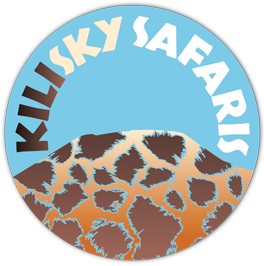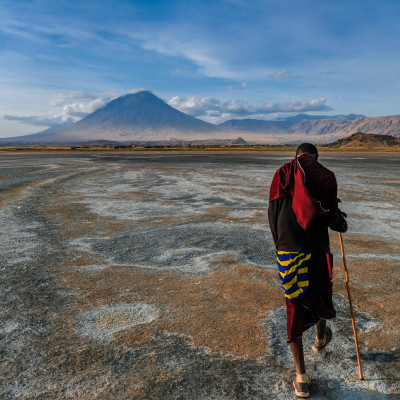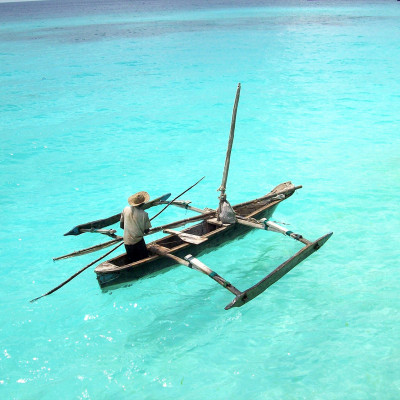A few more days to make your trip truly unique and personalized!
PANORAMIC LAKES AND TRIBU '
From the parched lands of Lake Natron to the exciting hunt with the Bush Men.
From the lush banks of Lage Vittoria, a birdwaching paradise, at the foot of Kilimanjaro to learn from the Masai how to throw a spear and how to prepare a ceremony.
Some unusual stops to discover how tribes live with their traditions among breathtaking scenery
Lake Eyasi
Lake Natron
Lake Vittoria
Olpoponji
TREKKING FOR ALL
One, two or three days of walking through the thicket of the forest or on gentle slopes, moderate height difference and meeting with local tribes
1st stage Mount Kilimanjaro
Ngorongoro highlands
Monte Meru slopes
TREKKING FOR A FEW
Mount Kilimanjaro (5896 m)
Mount Meru (4566 m)
Active volcano Ol Donyo Lengai (2980 m)
THE SEA
Coast, islands, marine parks: the Indian Ocean laps Tanzania in 1000 km of coast, full of white beaches, marine parks, coral reefs, ancient cities and ruins of the millenary Arab dominations.
Zanzibar
Mafia island
Fanjove island.
Pangani
Kilwa
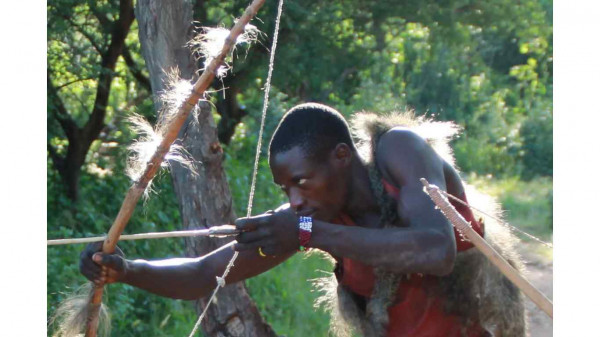
LAKE EYASI: AT THE DAWN OF HISTORY
We are in the "rift valley", La Rift Valley, one of the few areas of separation between two tectonic plates not yet invaded by the sea. We will visit the oasis rich in vegetation, where the fertile lands have been distributed to each family and cultivated with ingenious irrigation methods. The Datoga tribe will show us how it works metals to obtain splendid jewels and weapons.
The Rift Valley is the cradle of humanity, from Ethiopia to Tanzania, the remains of the first hominids were found here. In these lands still live the Hadzabe, belonging to the Sun people, the oldest on Earth. The Hadzabe, or Bush men, live by hunting and gathering and communicate with words and pops, as the first forms of verbal communication are supposed to be. We can experience something ancestral by following them in the hunt, at the first light of dawn, lighting the fire with two sticks and maybe tasting their meal.
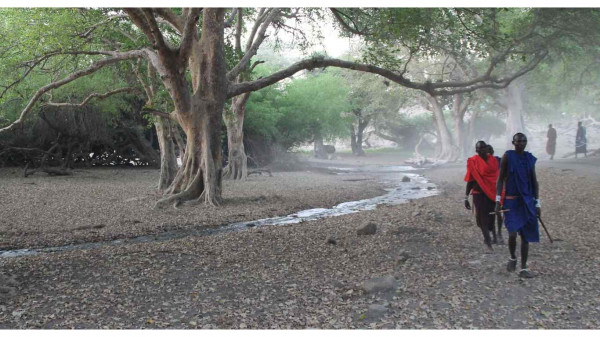
NATRON LAKE: INSIDE THE LEAF
Almost on the border with Kenya, Lake Natron is 58 km long and ... 50 cm deep, a salty and desolate area. Waterfalls, active volcanoes and parched landscapes make this section of "rift" really surprising. Arriving at the oasis of Engare Sero, a refreshing walk along the stream to the waterfall where you can swim can be found.
At dawn we will leave on foot for a long walk among trees and grasslands towards the lake and its flamingos, if it will be season (July, August) we will see them by the thousands because they come here to lay their eggs in complete tranquility. Lake Natron in fact has a level of salinity and a temperature that makes it inaccessible to any predator.
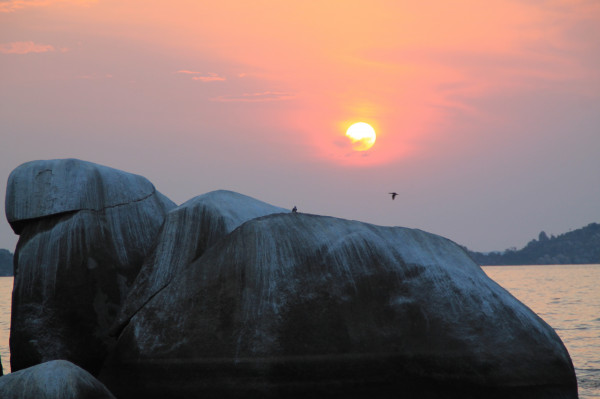
VICTORY LAKE, THE LARGEST AFRICAN LAKE: BIRDWACHING, FISHERMEN, LOCAL LIFE
Arriving on Lake Victoria you immediately realize that the natural environment has changed! We have just left the Serengeti savannah and yet everything is different. The wide spaces of the beaches, the cultivated fields, the well-fed cattle, and at the same time the shores of the lake that seem wild as if nobody lived in this area. The stones come to complete the picture. Huge, round and with improbable positions. They really seem thrown by a giant hand. Throughout the Mwanza area and beyond, these huge monoliths make the landscape unmistakable.
Lake Victoria is little frequented by tourists and for this reason it can offer you an authentic insight into local life. In the nearby village live fishermen who can be heard singing in chorus at night to ward off fear. At dawn we will go to see them as they return and give their women fish who will sell it in a lively local market. During the day we will discover the lake environments, even using a small boat, to spot the lake fauna and an infinite number of birds. Lake Victoria is truly a joy for those who love BIRDWACHING.
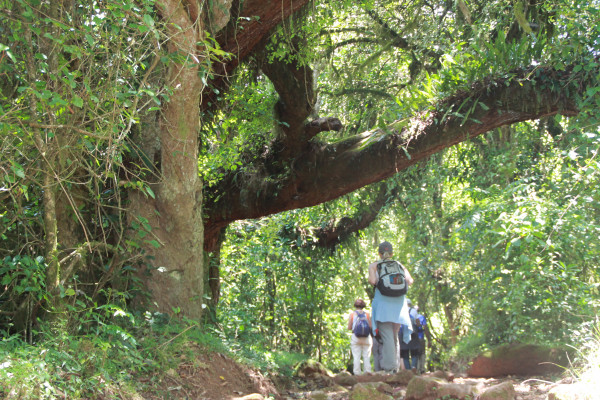
FIRST STAGE OF THE KILIMANJARO TREKKING: EQUATORIAL FOREST
From the Marangu gate (1828 m) to the Mandara Hut refuge (2700 m) and back in a day.
4/6 hours of walking in the dense equatorial forest, admiring many species of colorful birds and some types of primates. Kilimanjaro is a large reserve of water and biodiversity, which is why it is protected as a world heritage site. We will walk all the time under the foliage of the mountainous equatorial forest, rich in humidity, with tall trees (such as Macaranga kilimandscharica, Mitragyna rubrostipulata and Schimperian Albizia), ferns and in season orchids of rare beauty. Close to the refuge, if we are lucky, we will be able to spot cercopithecines with a diadem and colobus guereza that move without giving too much importance to the human presence.
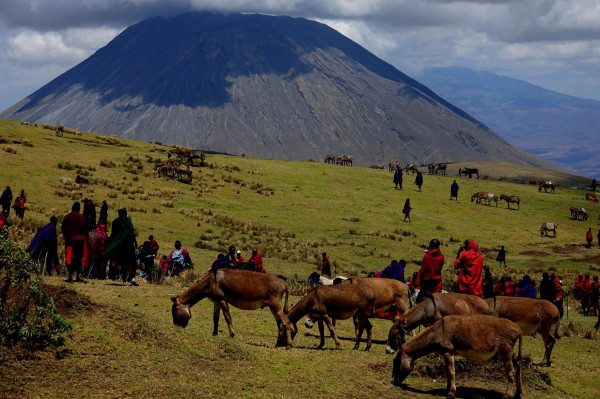
HIGHLANDS OF NGORONGORO
2/4 day walking safari on the Masai trails, from the Ngorongoro Crater to Lake Natron
Beautiful experience outside tourist routes, which we recommend to all those who really want to have an authentic experience. Most likely, only you and the Maasai will walk these paths. The trek will take us from 2000 m of the main crater to 1000 m of Lake Natron.
Descent into the Empakai crater through the mountain equatorial forest to the lake lying on the bottom and ascent. Trekking on the Masai paths through the woods to the Naiobi village. If it is Friday, we will have the privilege of participating in a market day, eating roasted goat meat and perhaps attending a meeting from afar. It often happens that the market is an occasion for the Masai to sit in a circle and solve problems.
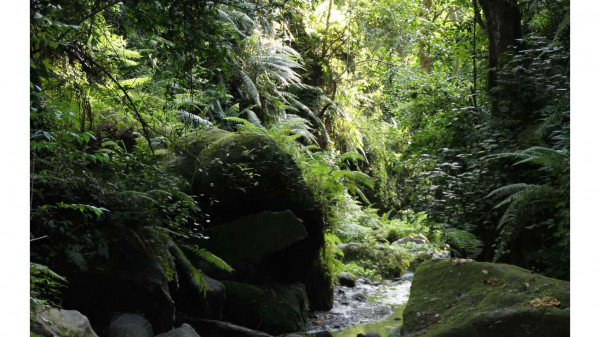
LOW SLOPES OF MOUNT MERU
Tropical forest and plantations
A long walk (around 6 hours, staying around 1500 m above sea level) on the slopes of Meru will allow us to visit plantations and tribes. Following the path we will arrive at a waterfall hidden in the folds of the rock and rainforest. The song of an infinite number of birds will accompany our journey
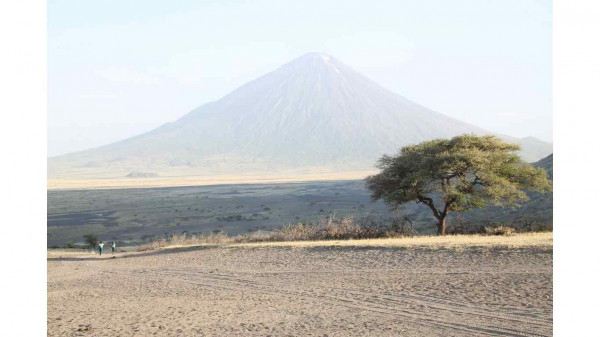
OL DONYO LENGAI: IN THE MOUTH OF THE VOLCANO
Climb to the active volcano Ol Donyo Lengai (2980 m)
Late at night we start by car to the foot of the sacred mountain of the Masai people. The lava of this volcano, composed of sodium carbonatite, is extremely crumbly and going up its perfect cone, increasingly steep, will require 5 hours of hard effort. After 1900 m in altitude, we will arrive on the crater (2980 m) and, listening to the lapping of the lava, watching the sun rise in ecstasy. In fact, dawn will reveal the incredible landscape of the Ngorongoro and Lake Natron plateaus.
We will also note that the mountain seems snowy: the lava of this volcano in fact, upon cooling acquires a whitish color and gives the mountain a particular shade. The descent will be just as demanding as the ascent or perhaps even more, at least 5 hours will be needed to return to the base of the mountain, now with the sun else in the sky.
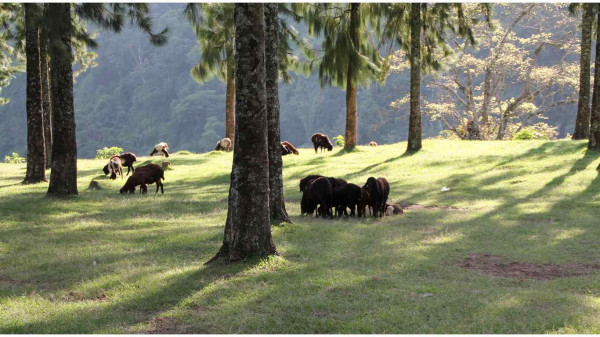
MOUNT MERU
3 days to reach the 4566 m of Mount Meru, not far from Kilimajaro.
The forest, wild animals and alpine environments will amply repay your effort
Trekking
Walking on land is the best way to really know it
Trekking
Walking on land is the best way to really know it
Sea
Exclusive islands, coral havens, white beaches, ancient cities perfumed with history
Sea
Exclusive islands, coral havens, white beaches, ancient cities perfumed with history

